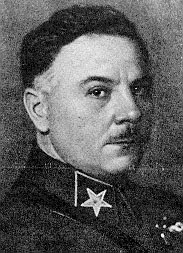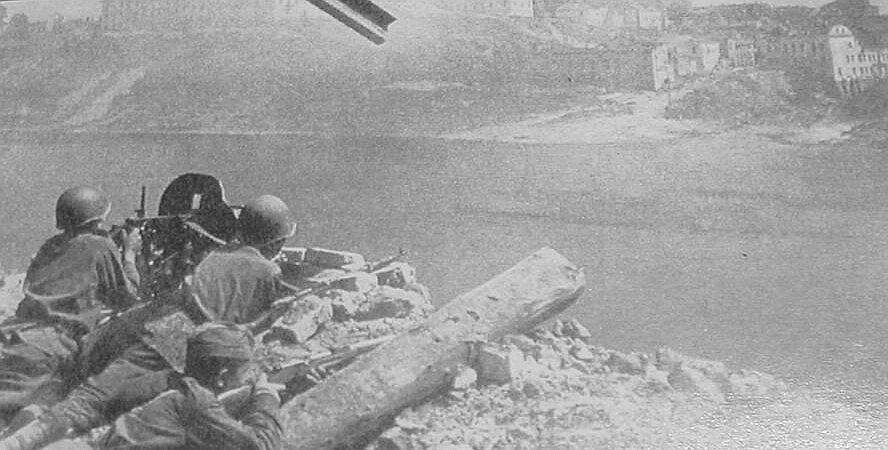Fate of the CCCP

Union of Soviet Socialist Republics
Considered as the succesor of the Russian Empire, who's last leader, Czar Nicholas II, was executed in 1917 by Ural Soviets, the Soviet Union was established in 1922 as the union of Russia, Ukraine, Belorussia, and the Transcaucas under the rule of the Bolshevik party. The most important Bolshevik of the time was Lenin, the hero of the October Revolution and the leader of the newly formed USSR. Due to shortages of food during the revolutin debate over the future of the economy provided the background for Soviet leaders to contend for power in the years after the death of Lenin. By increasing his influence and isolating his opponents Joseph Stalin was able to gain power over Lenin's more obvious heir, Leon Trotsky.
In 1928 Stalin proposed the first 5-year plan for building a socialist economy. The main points of Stalin's 5-year plan was increased industrialization and the establishment of collective farms all over the Soviet Union. This caused nothing but misery for much of the civilian population. Poverty, starvation, economic depression all plague the USSR and famines caused millions of casualties upon the peasant population, especially in the Ukraine. With Stalin's purges in the mid-1930's Soviet confusion continued. Millions from all walks of life were imprisioned, often with out any wrongdoing, and were sent to "gulags" or work camps in Siberia or in the Transcaucus. Yet, despite the turmoil of this period the Soviet Union was able to create a strong industry in the years leading up to the late 1930's.
Bloodshed in the Transcaucus
As early as 1932 Stalin was planning an invasion of the Middle East. Since the 1920's Iranian radicals were skirmishing with Soviet troops at the border of Persia and the USSR. These radicals fought against incredible odds on the border. With the increasing intensity of attacks STAVKA issued a warning to the Persian government to do something about the radicals or face retaliation by the USSR itself. After receiving no reply from the Persian government Soviet troops on the Persian border started mobilization in September of '36. Field Marshal Voroshilov was given the task of leading the Soviet forces on the border. On the 29th of September an ultimatum was received by the Persians and again receiving no reply war was declared on the 1st of October, 1936. Voroshilov ordered his forces forward soon after.
The advancement was extremely slow. The Iranian radicals would hit and run attack in the mountains the Soviet Army had to pass through. Advance along the Caspian Sea was quick, however. And the Persian Army was soon annihalated at Tehrran. 3 Soviet divisions specially trained for mountain combat met a Persian cavalry division at Hamadan. The soldiers mountain training was invaluable in this encounter which ended quickly. The mop up of enemy elements and the occupation of the rest of Persia was swift and the official annexation came on the 17th of February, 1937. The Soviet Union now had a major port to the Indian Ocean, Bandar Abbas. The order to construct a fleet was soon issued. The Iranian rebels would continue to harass the Soviet occupation for decades to come.






